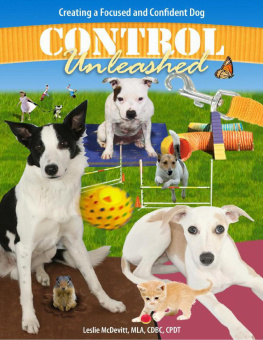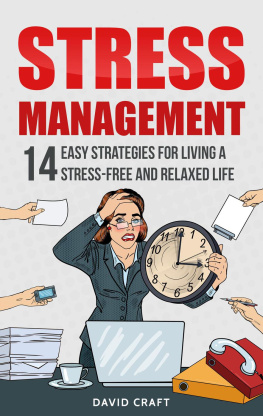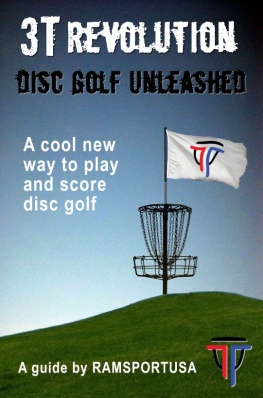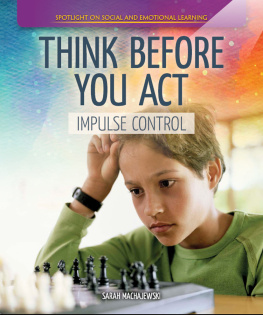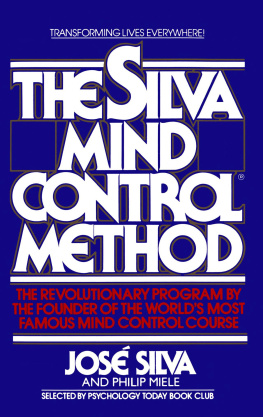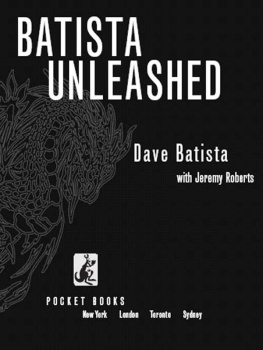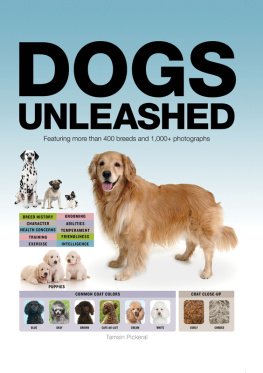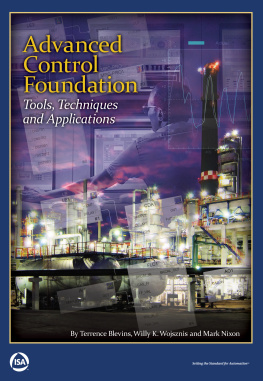
CONTROL UNLEASHED: REACTIVE TO RELAXED
Copyright 2019 by Leslie McDevitt
ALL RIGHTS RESERVED. No part of this book may be used or reproduced in any form or by any means electronic or mechanical, including photocopying, recording, or by any information storage or retrieval system, without the prior written permission of the publisher.
To purchase multiple copies of this book, contact:
Clean Run Productions, LLC
17 Industrial Dr.
South Hadley, MA 01075
800-311-6503
Email:
Website: www.cleanrun.com
Edited by Pam Green and Monica Percival
Book design and typesetting by Marcy Rauch
Photos: Bronagh Daly Photography except where noted
Trademarks: All service marks, trademarks, and product names used in this publication belong to the respective holders.
First printing January 2019
ISBN 978-1-892694-44-7
For Karen Overall, MA, VMD, PhD, DACVB, because of everything.
CONTENTS
ACKNOWLEDGMENTS
Thanks to Quicksilver Canine for so many years of friendship and the special dogs you have brought into my life.
Thanks to Cachet Noir Belgian Tervuren for making my baby Terv dream come true.
Thanks to my international students, especially Nina Haaland in Norway, Karin Roelofsma in The Netherlands, and Jessy Lang in Germany, for teaching me that its a small world after all!
Thanks to my growing group of CCUIs (Certified Control Unleashed Instructors) for your enthusiasm, skill, and hard work.
Thanks to my Clicker Expo faculty friends for your brilliance, your generosity, your sense of humor, and for not minding when I spill wine on you.
Thanks to my always supportive husband Bill and to my sparkly kids, Dani and Ari McDevittyou can read this: I love you, from Mommy.
Control is a primary reinforcer. We are built to control outcomes. That is what behavior is for. Dr. Susan G. Friedman, Ph.D.
Let it go.
Queen Elsa of Arendelle
INTRODUCTION
Its hard for me to believe its been more than ten years since Control Unleashed: Creating a Focused and Confident Dog was published. A lot has happened in my life since then. Ive had to say goodbye to several dogs and catswhich I loved so much and learned so much frommost notably Snap, the unlikely hero of that first book. Ive said hello to two new dogs, two new cats, a horse, and, most amazingly, two human children.
I am grateful that the first book and my second book, Control Unleashed: The Puppy Program, have stood up to the test of time. The scienceand the artof Control Unleashed (CU) is still guiding and empowering dog and handler teams all over the world. Ive also heard exciting stories about CU games being used for horses, cats, andmy favoritea wayward sea lion at the Bronx Zoo who learned the Look at That game.
Since the books were published, I have continued exploring, learning, and growing on this adventure. There are a few things I would change, now that Ive had all this time to think about what I wrote. And, there are new concepts and techniques Ive added to the program, which Ive been teaching in classes and workshops, but have not written about until now. If you are somebody who has been using the original CU book or the CU Puppy Program, this is my offering to you. I want you to be as up to date as possible and have all the CU tools you can have in your toolbox. If you are new to CU, there is still tons of information in this book for you, but its really meant as the next chapter in an already established program. So, I invite you to start at the beginning with Control Unleashed: Creating a Focused and Confident Dog or Control Unleashed: The Puppy Program in order to process the information in this book in its proper context.
When people first started asking me to travel and give workshops, I was terrified. It was a giant chore to force myself to do it. I lost a lot of opportunities, saying no to experiences that could have been amazing and could have helped my career, because of my anxiety. But I came to see my brain as a CU dog that I could teach to relax and to be flexible. Ive had ten plus years to work on my anxiety about traveling and speaking, and now I can breeze through gargantuan, overstimulating loud and crowded mazes like Heathrow Airport with complete ease. I can present at a conference to a ballroom full of people staring at me and typing what I say into their laptops and feel completely comfortable. My brain is a recovering reactive brain. I have gone from having panic attacks involving pacing and shaking all night, just because I had entered a small local dog show, to traveling around Europe by myself giving workshops. I still marvel at this entire thing. I am a believer, thats for sure.
And, its a very good thing I spent this time training my CU brain before I had my kids. They get the benefit of being raised by Leslie 2.0.


FLIRTING WITH ANXIETY
Our goal is not merely to change behavior; it is to change how the dog is feeling. When your dog is feeling functional, he will behave functionally.
N owadays when I give a workshop, I separate what Im going to teach into three parts:
Revisiting and adding to the CU foundation behaviors.
Exploring the role of voluntary behaviors and a conversational style of training in counterconditioning.
Applying the CU foundation behaviors and voluntary behaviors to the mighty Pattern Games (the power of the pattern as a counterconditioning tool is a wonderful thing, my friends).
It makes sense to me to use this framework for writing a book, too. And, just like at a workshop, before I start the foundation behaviors part, I am going to tell you about another new tool of mine, the FLIRT Behavioral Assessment. I absolutely love this assessment tool.
I have had the privilege of consulting for the University of Pennsylvania Working Dog Center, which is under the direction of my friend Dr. Cindy Otto. Because of this, I have spent my fair share of time working with a group of Dutch Shepherds who need to be alert to their surroundings to do their jobs (K9 Patrol, Detection, or both) but not to the point of hypervigilance. Their best functioning selves are alert and ready for action, but flexible and able to take direction even when very excited. Otherwise, they cant do their job well.
I was invited to speak at the Working Dog Conference and discuss my FLIRT Assessment. I talked about how I see a threshold line between alert and hypervigilant, and between responsive and reactive, and how I want my charming, livewire Dutchies not to cross either line.
Besides working dogs, this assessment also works well for people evaluating rescue dogs, for people selecting puppies for various reasons, for behavior consultants assessing whether they should refer a clients dog to a veterinary behaviorist, and also for pet clients who need to learn to be more aware of their dogs behavior and more proactive.
FLIRT BEHAVIORAL ASSESSMENT
The FLIRT Assessment uses a 1-10 score, 1 being lowest or cold and 10 being highest or hot. I did originally develop the tool to help behavior consultants and trainers assess whether their clients dog needs a vet referral for a level of anxiety that could be clinical, so hot dogs (no pun intended) in this assessment are definitely at risk for a clinical problem such as generalized anxiety disorder (GAD).
Next page

